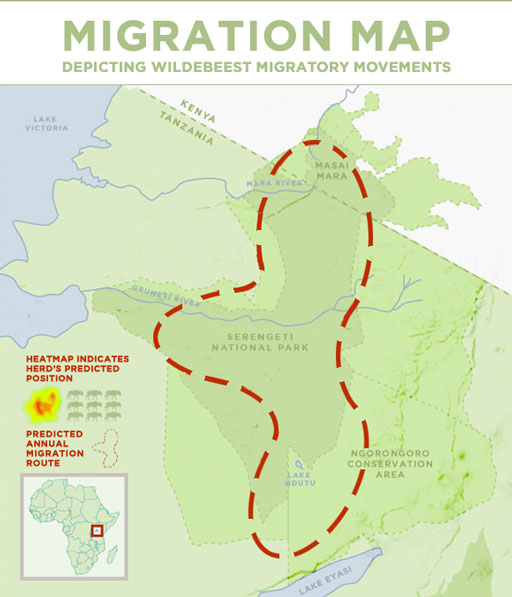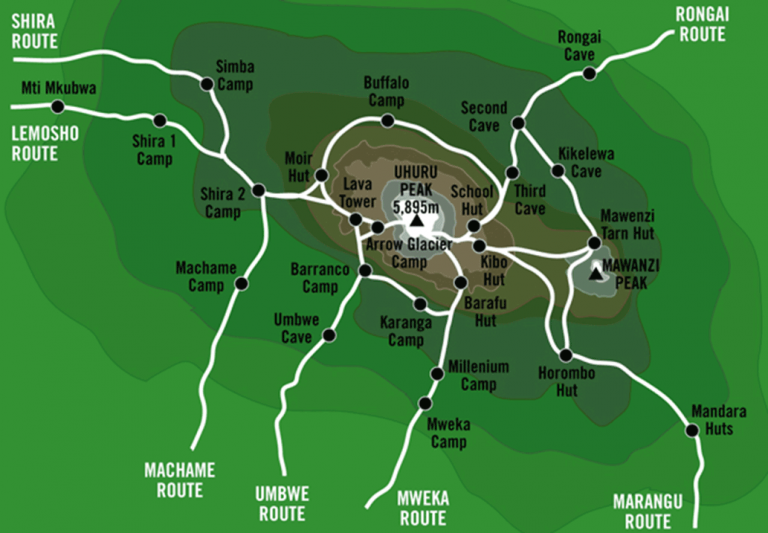Many trekkers arrive at Mount Kilimanjaro dreaming of a grand wilderness adventure on the world’s tallest freestanding mountain. At the very least, they expect some peace and quiet to contemplate the toughest physical challenge they might ever face. Finding a circus instead of solitude can be mighty disappointing.
While Africa’s contribution to the seven summits ranks high on the to-do list of serious mountaineers, scaling the 5,895-metre (19,341 ft) dormant volcano requires no technical skill. Climbers with a moderate level of fitness, positive attitude, and a body that adapts reasonably well to altitude have a good chance of success. It’s no surprise to learn that the number of people attempting the climb is high.
Guidebooks suggest climbing Kilimanjaro in January-February or August-September, when warmer temperatures and clear skies are most likely. But these are also the most crowded months. Climbing in March or October, just before each of two rainy seasons, is the best hedge to avoid both crowds and foul weather.
For the final summit bid from the highest camps, guides recommend starting the seven-hour slog shortly after midnight. Many people can’t sleep at the high camps anyway, so walking through the night means less time at dangerous altitudes and a full day to descend to safety.









